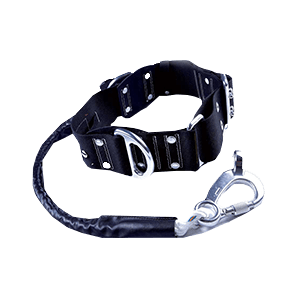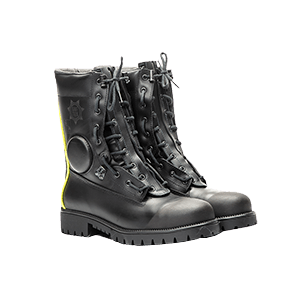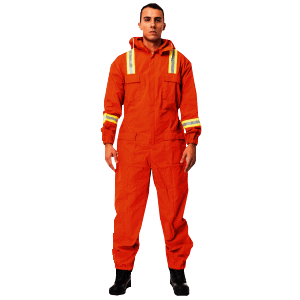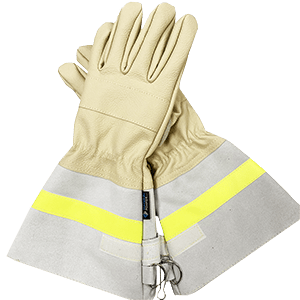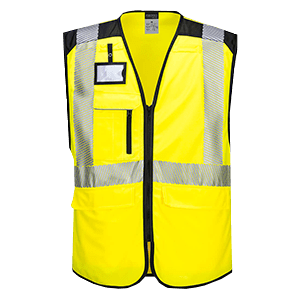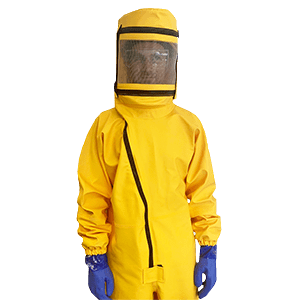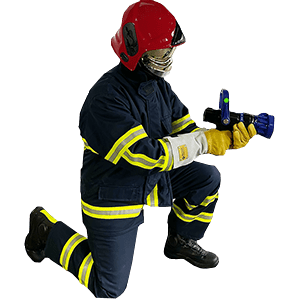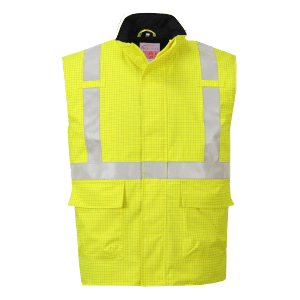Firefighters clothing
Discover our range of PPE intended for the fight against fire and industrial risks. Thanks to our production plant, we offer several sets of interventions manufactured and certified to the respective standards EN 11612 and EN 1489.
We distribute and market the products throughout France, Africa, French Switzerland, Dom-Tom… For more information, we invite you to contact the sales department available from 8 am to 17 pm.
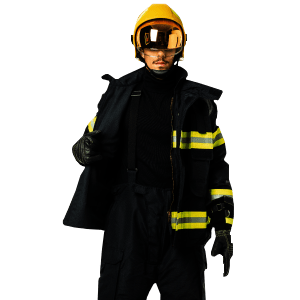
Products available
Quick delivery
Free delivery
From 400€ in France
Free quote 24h
Contact us!
Customer Service
+334 79 34 92 15
Mobile payment
Apple & Google Pay
PRODUCTS
-
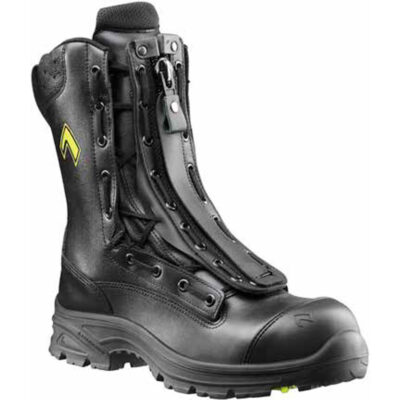
HAIX SPECIAL FIGHTER® PRO fire rangers
234,90€ VAT Incl. -
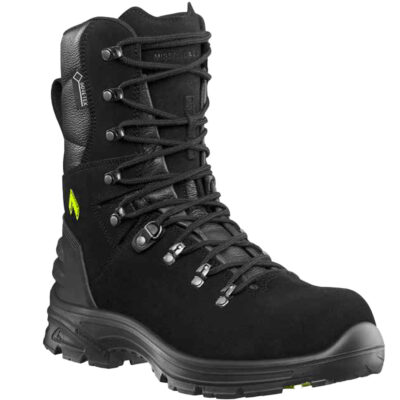
HAIX fire rangers special missoula forest fire 2.0
239,90€ VAT Incl. -
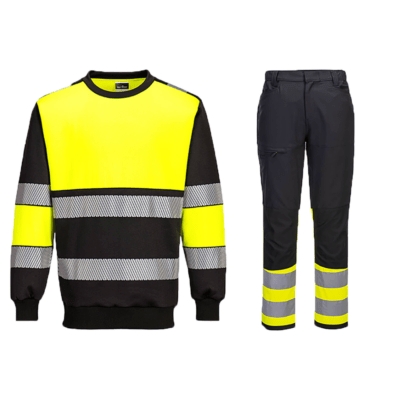
Class 1 high visibility work clothing
Price on request -
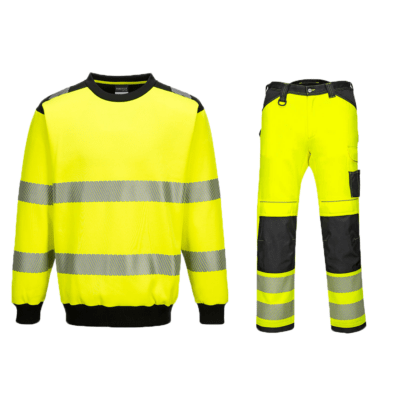
Class 2 high visibility work clothing
Price on request -
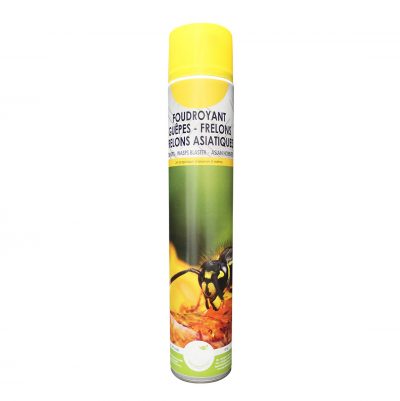 Available in stock
Available in stockLightning spray against wasps, hornets & Asian hornets
14,00€ VAT Incl. -
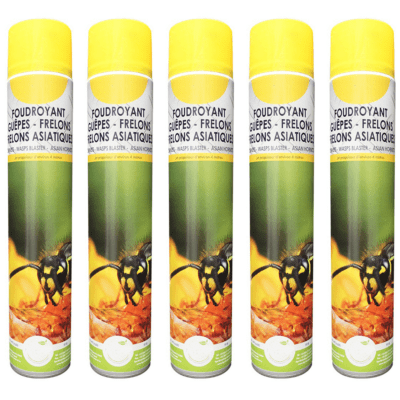 Available in stock
Available in stockLightning spray against wasps, hornets & Asian hornets Lot 12 pcs
96,00€ VAT Incl. -
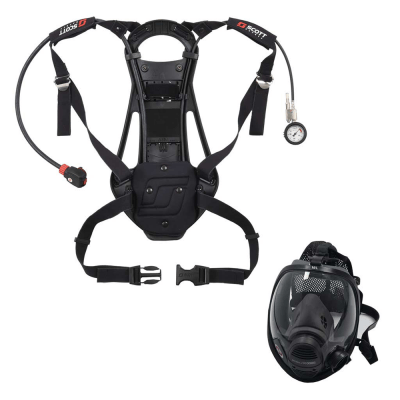
SCOTT Type II Respirator
Price on request -
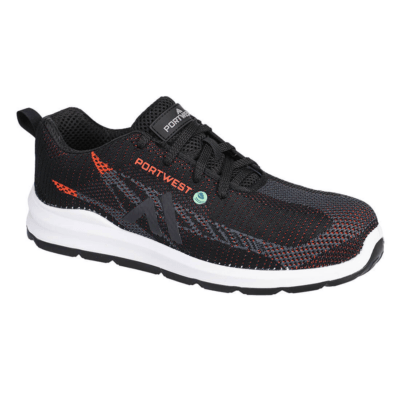
Eco-friendly safety sneakers
60,00€ VAT Incl. -

Insulating safety boot against electrical hazards
Price on request -
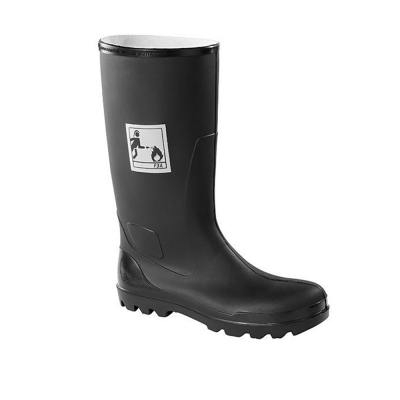
Fireman SA safety boots
Price on request -
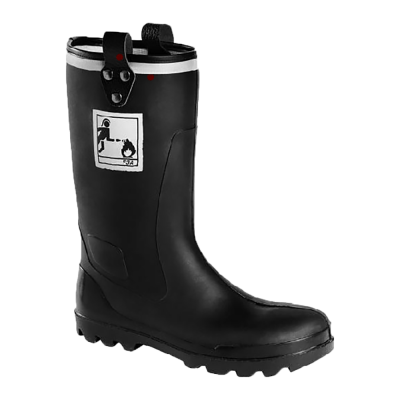
SABF EN 15090 type 3HI3 firefighter boots
Price on request -
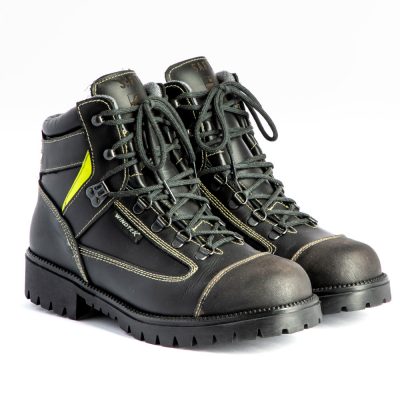
Boots for forest fire interventions
Price on request -
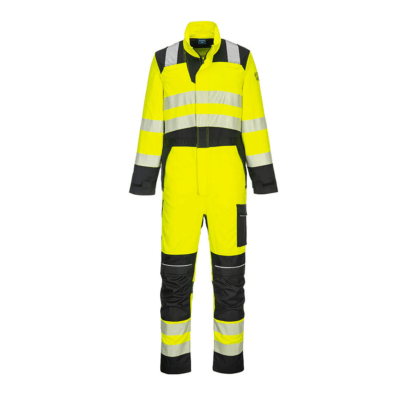
High visibility ATEX suit
210,00€ VAT Incl. -
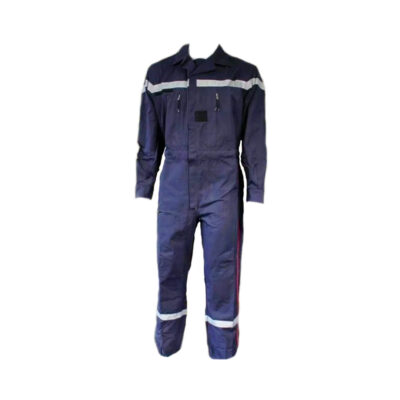
F1 kermel firefighter suit
Price on request -
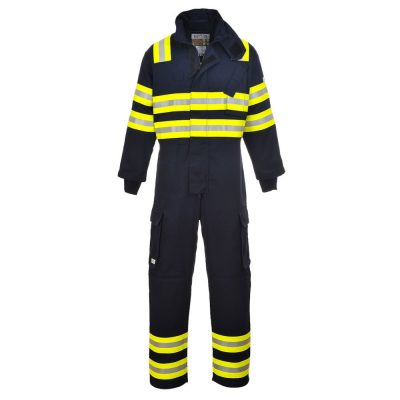
Combination for forest fires
Price on request -
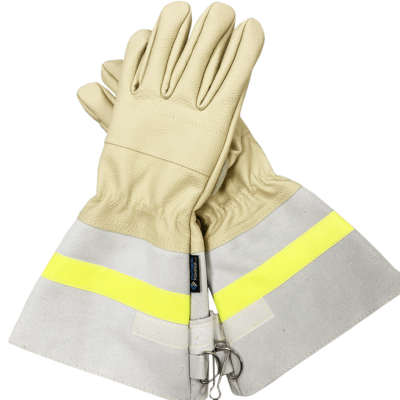 Available in stock
Available in stockMixed leather/textile firefighter glove
70,00€ VAT Incl. -
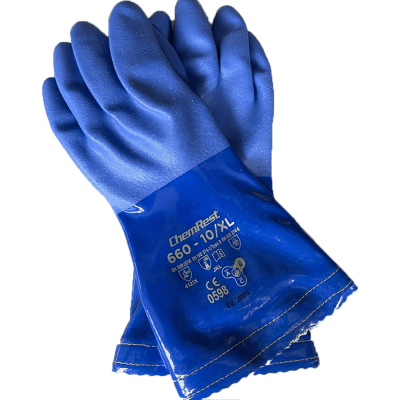 Available in stock
Available in stockProtective gloves for EURO 3 hornet outfit
15,00€ VAT Incl. -

KPBI type firefighter gloves
Price on request -
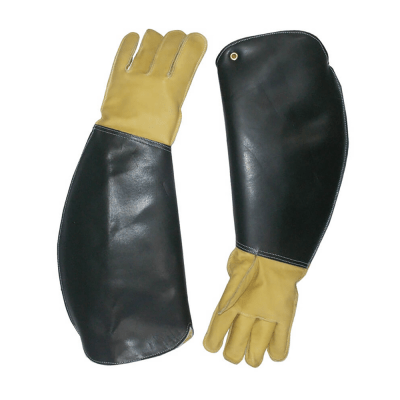 Available in stock
Available in stockGreen reinforced gloves for capturing aggressive animals
119,00€ VAT Incl. -
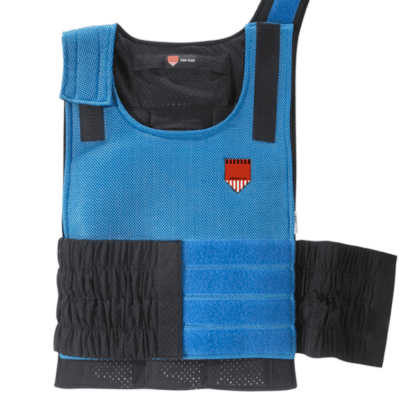
Cooling vest for hot environment intervention
Price on request -
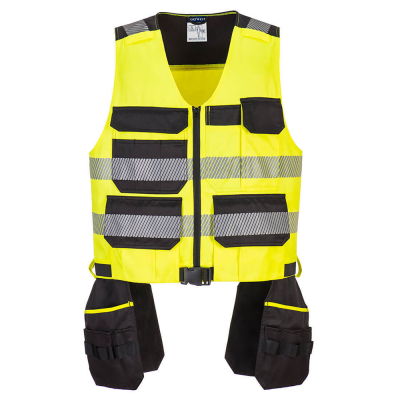
High visibility vest with tool holder
Price on request -
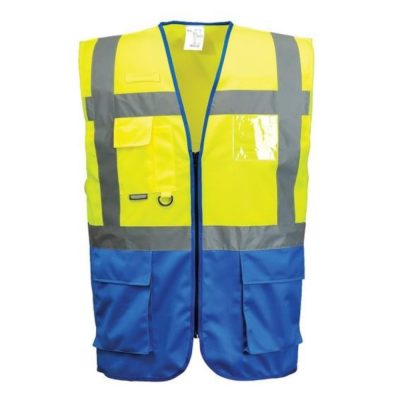
High Visibility Vest M / F for intervention
Price on request -
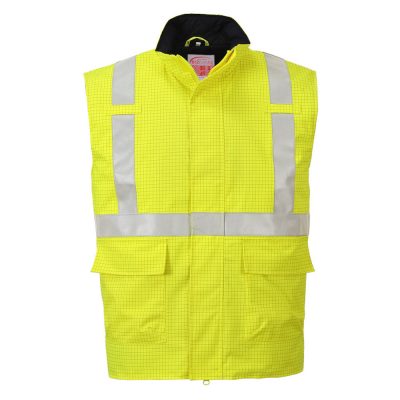
Lined anti-static multifunctional vest
Price on request -
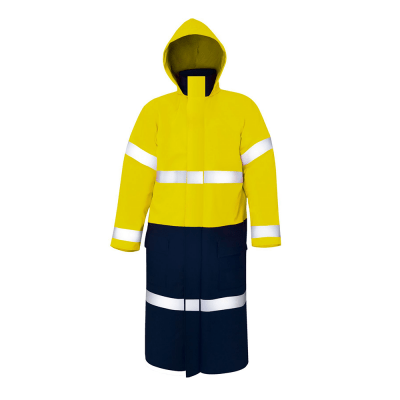
High Visibility Waterproof and Flame Resistant Parka Jacket
Price on request -
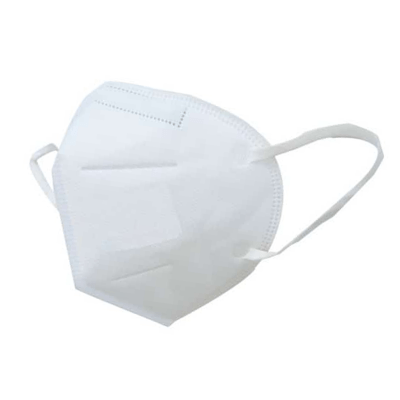
KN95 mask against COVID-19 - Pack of 50 units
43,96€ VAT Incl. -
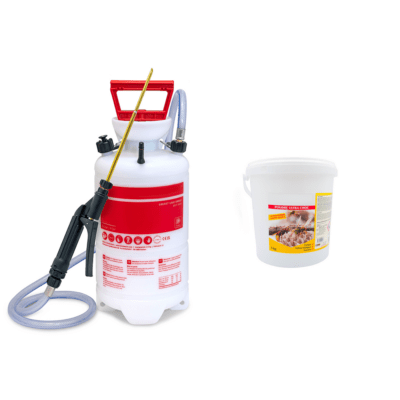
Professional powder sprayer + Powder
279,00€ - 329,00€ VAT Incl. -

Anti-static raincoat resistant to chemicals
Price on request -
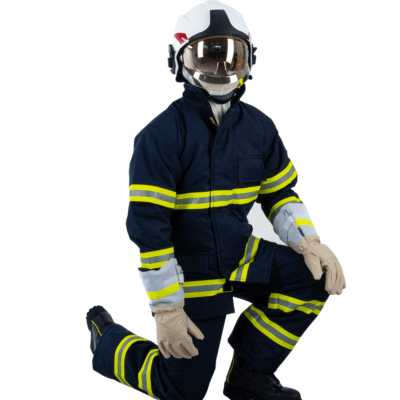
Textile firefighting clothing for firefighters
Price on request -
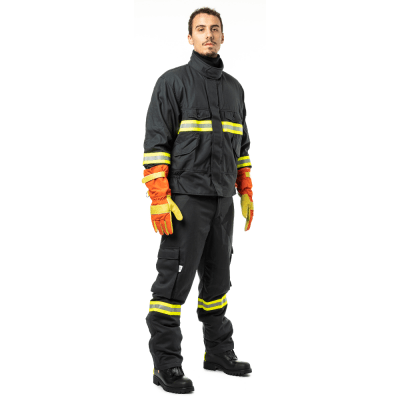
NOMEX lightweight protective clothing against industrial risks
Price on request -
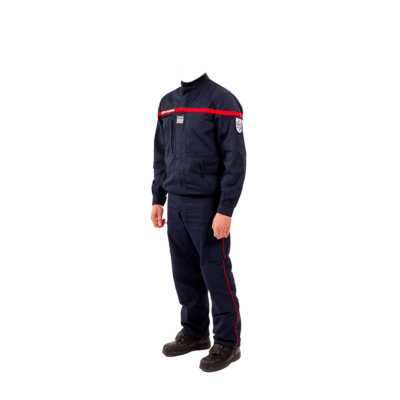
Fire service uniform (TSI)
Price on request -
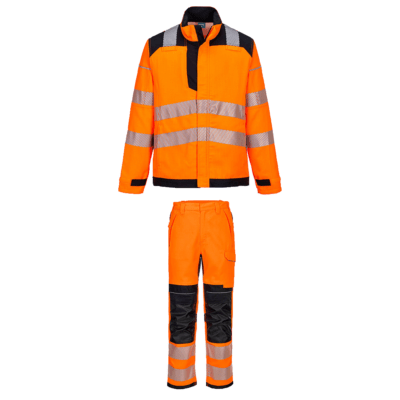
HV multi-risk work clothing
Price on request -
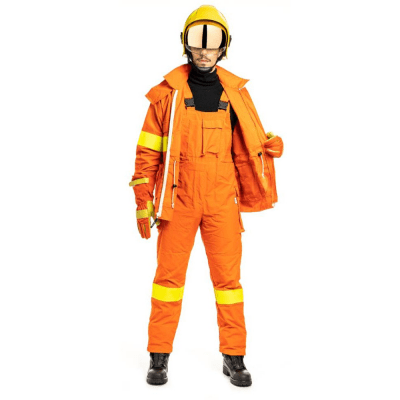
Anti-static forest fire suit
Price on request -
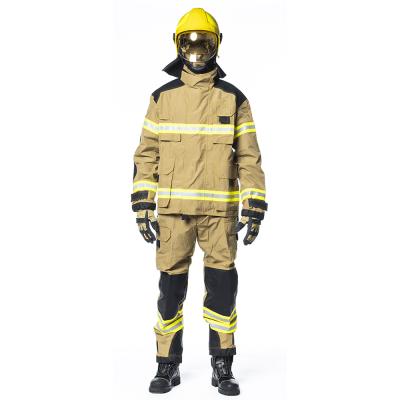
SAHARA textile forest fire outfit
Price on request -
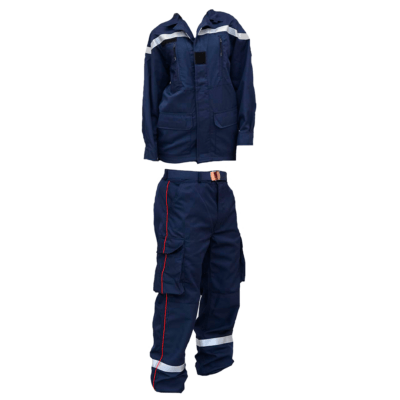
F1 firefighter intervention outfit
Price on request -
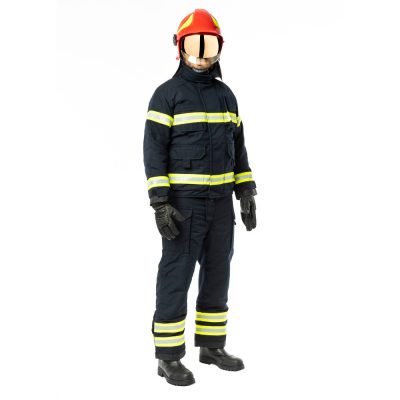
Road emergency clothing for firefighters
850,00€ VAT Incl. -
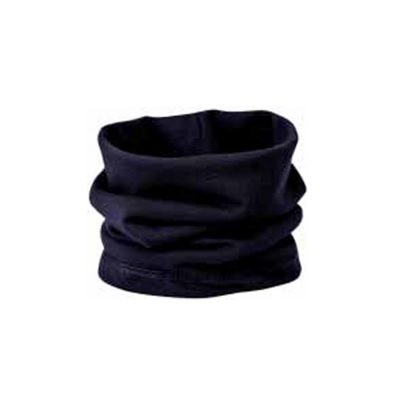
Antistatic Flame Retardant Neck Warmer
Price on request -
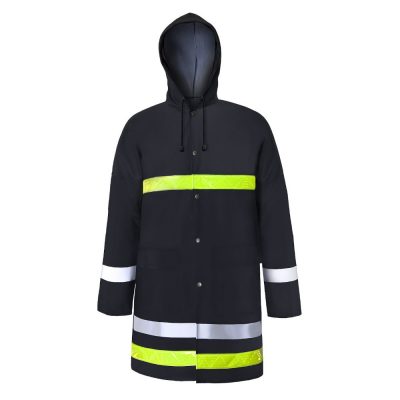
Rainproof intervention jacket
Price on request -
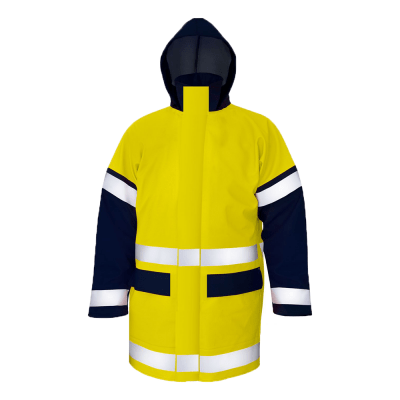
High visibility waterproof and flame retardant jacket
Price on request -
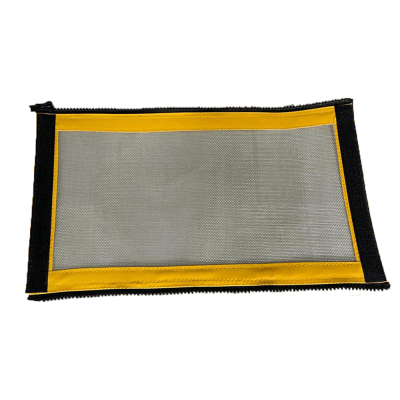 Available in stock
Available in stockProtective visor for EURO 3 anti-hornet suit
20,00€ VAT Incl. -
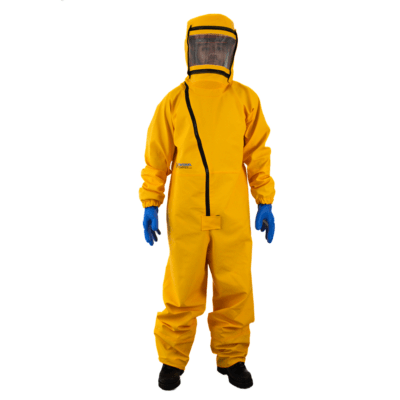 Available in stock
Available in stockCombination anti-bees, anti-wasps, anti-hornets - EURO3
259,00€ - 279,00€ VAT Incl. -
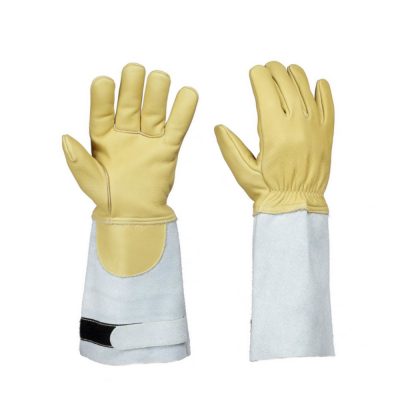
Gloves type C1 Firefighters
Price on request -
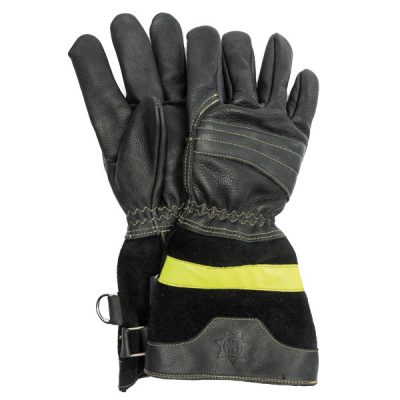 Available in stock
Available in stockDYNAMIC gloves for firefighters
90,00€ VAT Incl. -
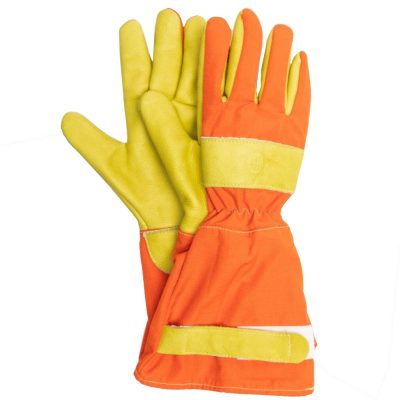
Gloves firefighters for forestry operations
Price on request -
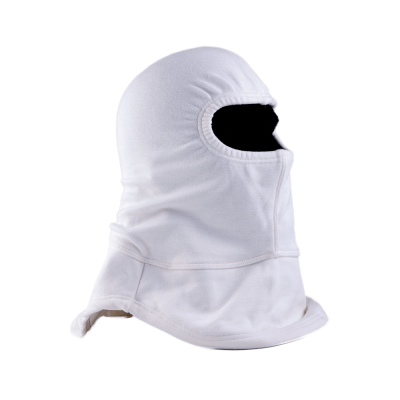 Available in stock
Available in stockBalaclava with neck protection - SS2
37,00€ - 45,00€ VAT Incl. -
 Available in stock
Available in stockDouble Layer Protective Hood - SS3
30,00€ - 35,00€ VAT Incl. -
 Available in stock
Available in stockWindow light protection hood - SS1
30,00€ - 33,00€ VAT Incl. -
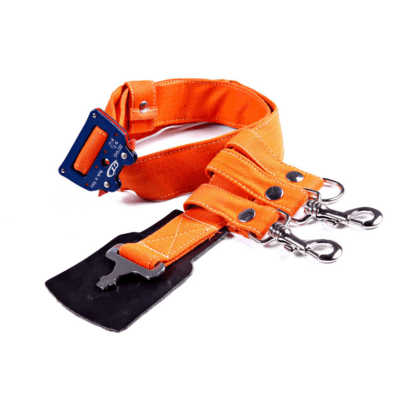
AIB Quick Detach Forestry Belt
Price on request -
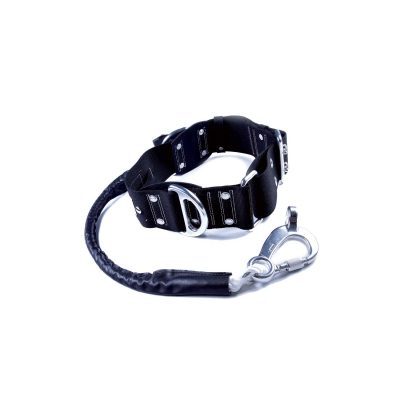
Firefighter intervention belt with retaining lanyard
Price on request -
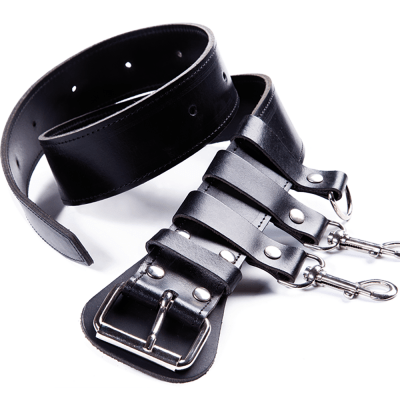
Forest Fire Response Belt
50,00€ VAT Incl. -
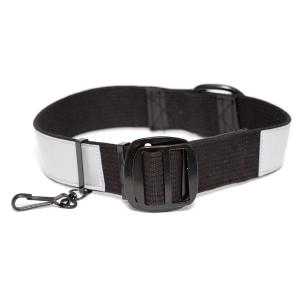 Available in stock
Available in stockFirefighter fire belt with reflective tape
45,00€ VAT Incl. -
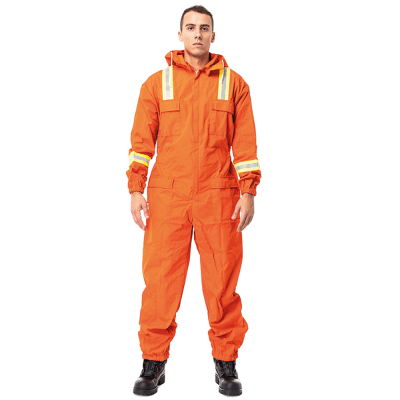
Fireproof suit ST2
Price on request -
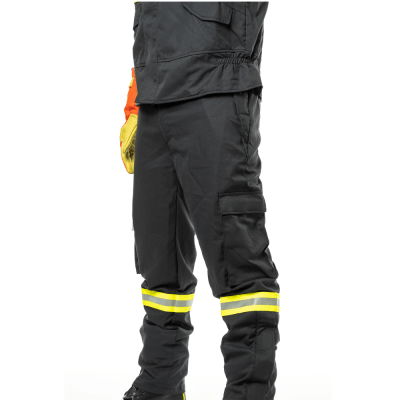
Rescue and industrial intervention pants SC530
155,50€ VAT Incl. -

Antistatic flame retardant overpants
Price on request -
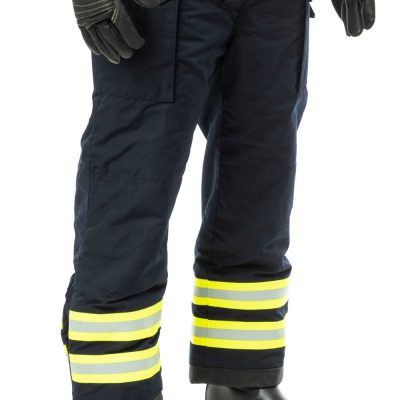
SC469 PRO firefighter intervention overpants
465,00€ VAT Incl. -
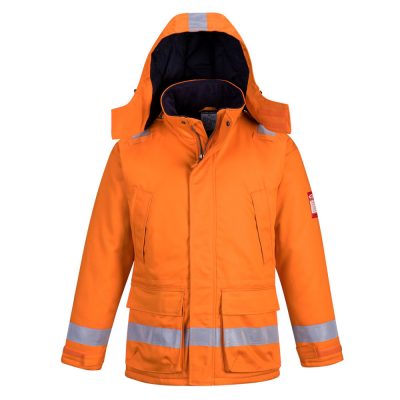
Anti-static anti-flame parka FR59
Price on request -
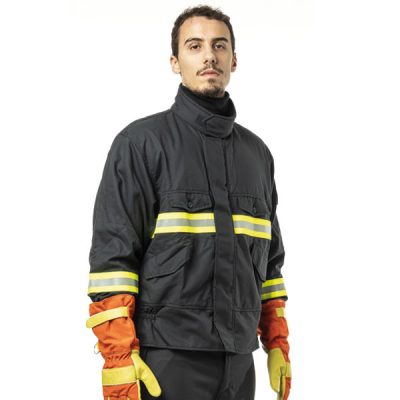
SC530 anti-static industrial intervention jacket
200,00€ VAT Incl. -

SC469 PRO firefighter intervention jacket
550,00€ VAT Incl. -
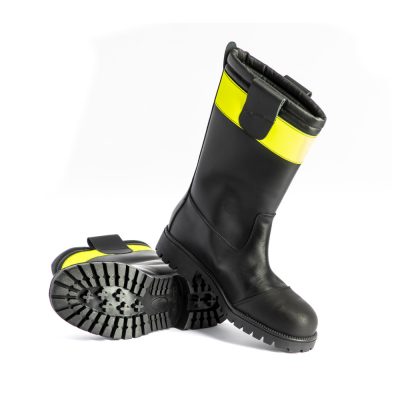 Available in stock
Available in stockFirefighter intervention boots – EN 15090
200,00€ VAT Incl. -
 Available in stock
Available in stockType 2 HI3 fire rangers
205,00€ VAT Incl.
LEARN MORE
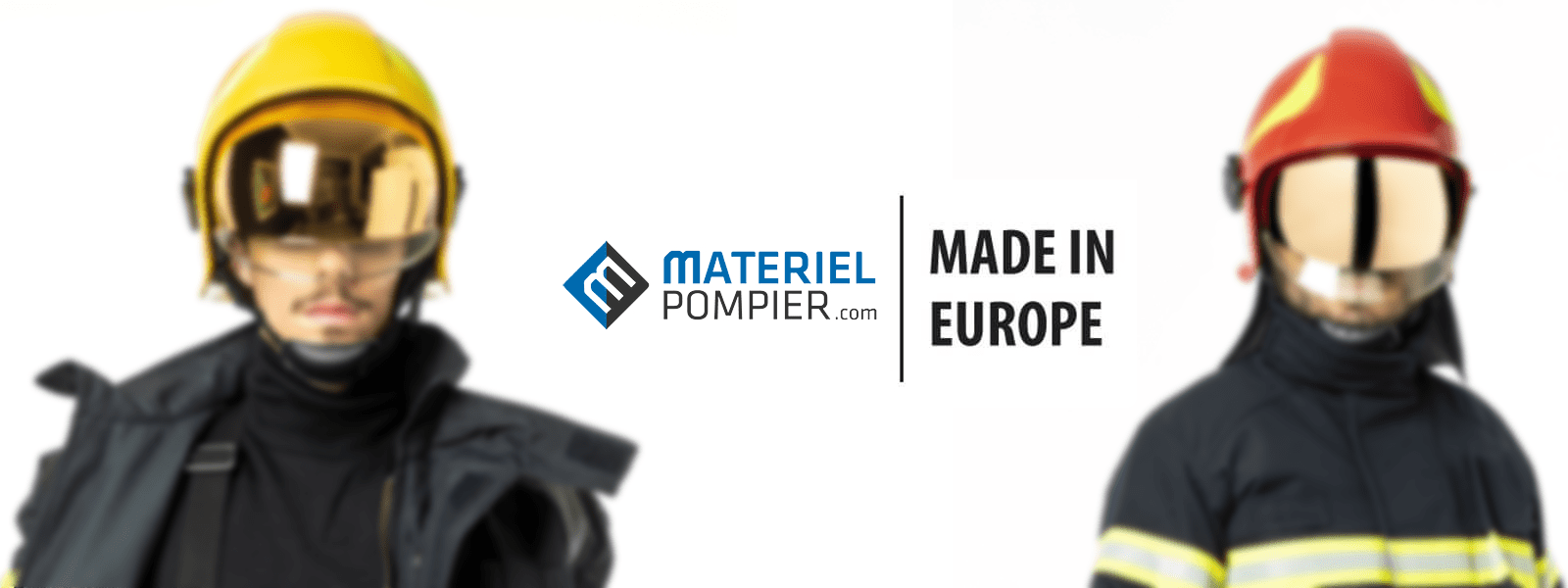
Firefighters PPE certifications:
Standards EN 469 and EN 659 set out the minimum general requirements for personal protective clothing and protective gloves for firefighters in the context of firefighting or in areas with a risk of heat and / or flame.
These firefighter standards deal with the design of the firefighter's clothing or glove and the performance levelss minimum of the materials used (thermal resistance, for example)
The regulatory fire intervention equipment therefore generally comprises:
- A firefighter's helmet
- A fire intervention outfit consisting of a jacket and pants
- firefighter gloves
- Protective shoes or boots
Wearing an ARI (Self-Contained Breathing Apparatus) may also be essential during certain fire interventions.
The essential requirements of fire response gear relate to:
Thermal protection for firefighters including tests of:
- Flame behavior
- Heat (Convective, radiant, contact)
Mechanical protection of firefighters, in particular with levels against:
- Abrasion
- The cut
- The tearing
- Perforation
In short, each type of intervention requires different equipment, whether it concerns extrication operations, rescues, interventions in an aquatic environment, etc.
Job description:
The firefighter intervenes on various claims and accidents. In all cases, the handling of fire equipment is obviously required, as well as first aid actions, on site or in an ambulance.
The missions of firefighters, difficult and painful, present significant risks. The frequency and nature of their interventions, the action and prevention strategies oblige them to use different means depending on the areas to be protected: sea, mountain, industrial sites with high chemical or nuclear risk, large urban centers, small towns, etc.
In Paris and in the neighboring departments (Hauts-de-Seine, Val-de-Marne, Seine-Saint-Denis) as well as in Marseille, firefighters are soldiers. In the rest of the territory, these are civilian firefighters who depend on local communities and report to the Ministry of the Interior.
Military firefighters work either for the Paris Fire Brigade (BSPP, depending on the Army), or for the Marseille Firefighters Battalion (BMPM, depending on the Navy). They can be assigned to civil security training and intervention units and to the civil security air force group.
Among civilian firefighters, we distinguish professionals and volunteers, by far the most numerous. The professionals are local officials, while the volunteers fulfill their mission while exercising their own profession in parallel.
Whether professional or military, firefighters are required to provide 24 or 48 hour service in a row to be able to intervene at any time. This permanence is compensated by a rest system.
The lifestyle of professional firefighters and that of the military are similar (barracks, hierarchy, ranks, etc.). Volunteer firefighters, for their part, must organize their lives so that they can be released immediately in the event of an alert. They participate in training and on guard tours.
What does SOLAS certification mean?
SOLAS is the acronym for Safety OfLife At Sea. SOLAS is a set of international standards established within IMO, first published in 1914, following the Titanic disaster. Today, SOLAS regulates fundamental aspects of the safety of ships engaged in international voyages, such as stability, machinery, electrical installations, fire protection and life-saving devices. The main objective of the SOLAS convention is to specify minimum standards for the construction, equipment and operation of ships.
We recall that the IMO, as a specialized agency of the United Nations, is the world authority in charge of setting standards in terms of safety, security and environmental performance of international maritime transport.
The implementing regulation (EU) 2019/1397 of the MED directive brings together all the legislative and regulatory references useful for CE certification and the placing on the European market of marine equipment. For each MED element, the requirements (SOLAS and IMO) in terms of design, construction and efficiency are indicated, as well as the testing of standards provided for by international instruments (ISO, EN standards).
The rules of the SOLAS convention and IMO resolutions and circulars relating to self-contained breathing apparatus are listed, with the corresponding test standards, in point MED / 3.7, while the references of respirators for emergency evacuations (EEBD) are listed in point MED / 3.41

